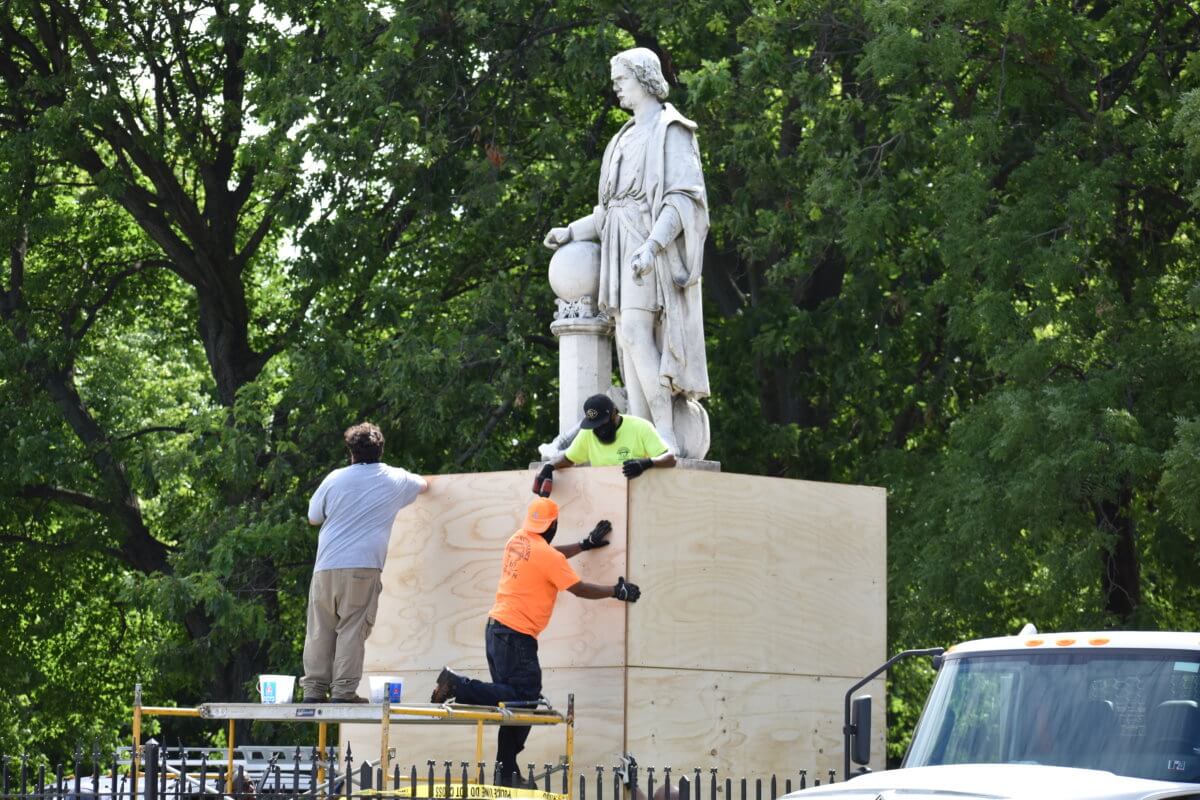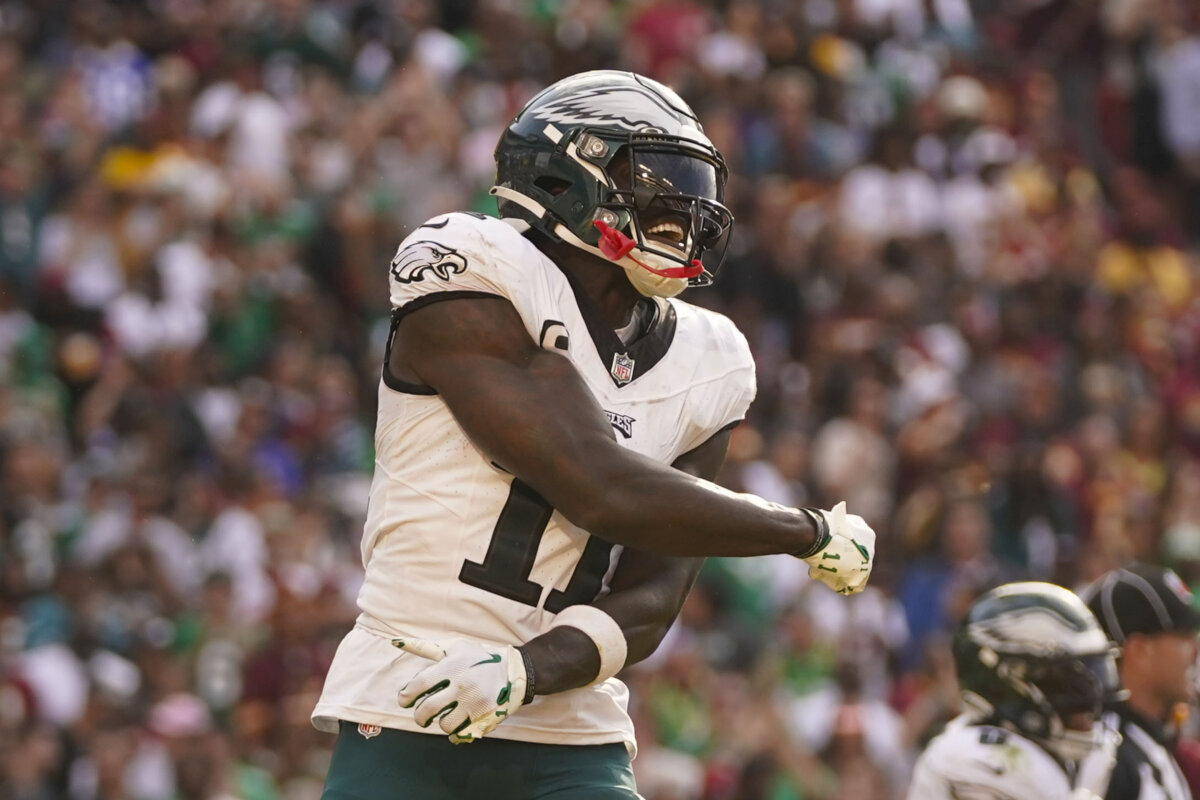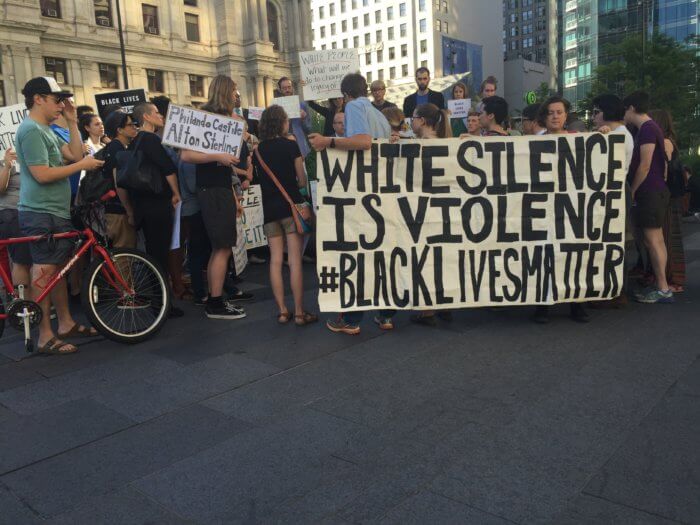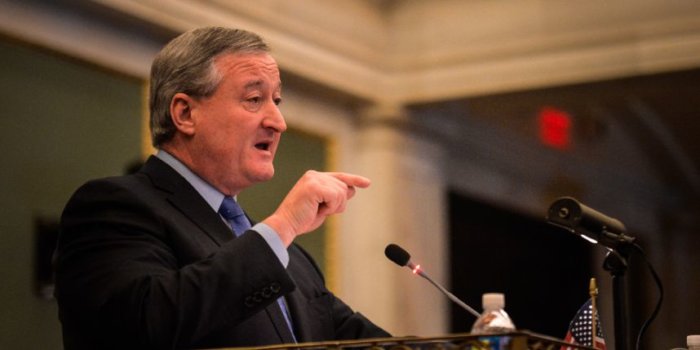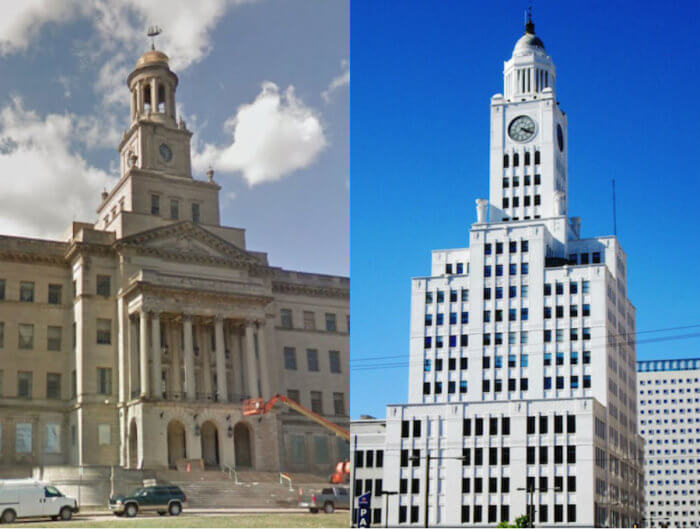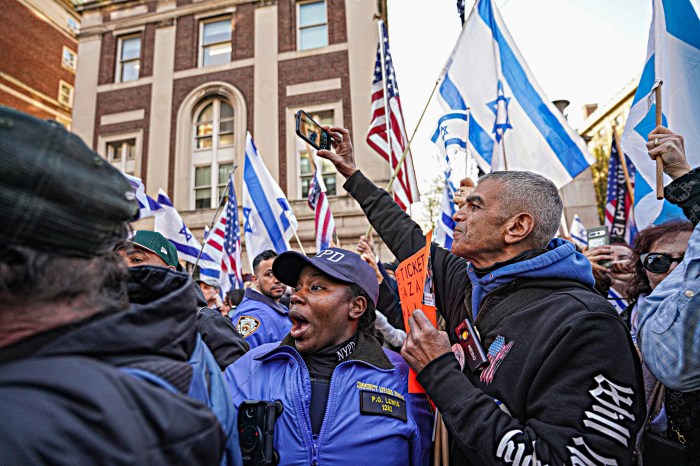Christopher Columbus’s days in South Philadelphia appear to be numbered.
The statue of the Italian Explorer at Marconi Plaza became the site of several days of clashes in June, prompting Mayor Jim Kenney’s administration to build a wood box around it and push to have the monument relocated.
On Wednesday, the Philadelphia Art Commission approved Kenney’s request that the statue be moved to a storage facility while officials work to find it a permanent home.
A Kenney spokesperson said the administration hopes to begin removing the statue in the “near future,” but a court order could delay the plan.
George Bochetto, an attorney representing a group that wants the statue to stay at the park, filed an emergency injunction. A judge approved it, ruling the monument should not be moved until a final decision is made on Bochetto’s motion. The city has 10 days to file a response.
Bochetto said he is contesting the procedures that led to the Art Commission vote.
“We’ve raised all kinds of legal points that show that the process was illegal, defective and kangaroo-ish,” he told Metro.
The Kenney administration’s plan was approved in July by the Philadelphia Historical Commission, in addition to the Art Commission. Both bodies held lengthy hearings on the statue.
Officials conducted a survey following the unrest at Marconi Plaza, and a preliminary analysis showed that about 80% of residents feel Columbus represents “false history, genocide, racism and oppression.”
A large majority of people who live in the neighborhoods surrounding the statue agreed, according to documents provided by Kenney’s office to the commission.
Kenney spokeswoman Lauren Cox said the city’s Law Department is reviewing Bochetto’s motion, but that the proceedings shouldn’t “change our plans as we were still in the process of ensuring the conditions set forth by the historical and art commissions were met.”
She said the city was eager to begin the process of relocating the monument.
“As Philadelphia—and the nation—continue to reckon with the deep legacy of racism and oppression in America, it is critical that our public spaces are seen as safe, welcoming and inclusive for all people,” she said in a statement.
“The hearings held in July provided an important opportunity for members of the public to share their opinions about the future of the statue in Marconi Plaza,” Cox continued. “Philadelphia’s public art must reflect the people and spirit of our city, not divide us.”
Columbus statues across the nation were targeted by protesters in the wake of the demonstrations following the death of George Floyd. The explorer’s legacy has been questioned amid a renewed interest in the role of racism and mistreatment of indigenous people in American history.
Pro-Columbus residents began gathering in front of the statue in mid-June to “protect” it from protesters. Some said it was an important point of pride for those of Italian-American descent.
Groups showed up with bats and, on at least one occasion, guns. During the clashes, a cameraman from the progressive media outlet Unicorn Riot and a Black photographer were assaulted in separate incidents.
Between June 13 and 16, the Philadelphia Police Department deployed between 50 and 350 officers to Marconi Plaza each day to deal with the skirmishes, according to court testimony from Francis T. Healy, a top advisor to PPD Commissioner Danielle Outlaw.
About 700 officers responded to the area June 23 when a group of Black Lives Matter marchers encountered a pro-Columbus crowd. It’s been mostly quiet since then.
Two people were arrested in connection with assaults near the statue in June, and 36 police reports were filed, according to Healy.
The Art Commission said officials should begin a deliberative process about the future of the statue, which is also historically protected.
It was commissioned by the Columbus Monument Association, an Italian-American group, for the Centennial Exhibition of 1876, a major event marking 100 years since the Declaration of Independence.
The statue remained in Fairmount Park, the site of the exhibition, until 1976, when it was moved to Marconi Plaza.
Art Commission members said the city should report back to the commission every six months about its progress in finding a new location for the monument.



